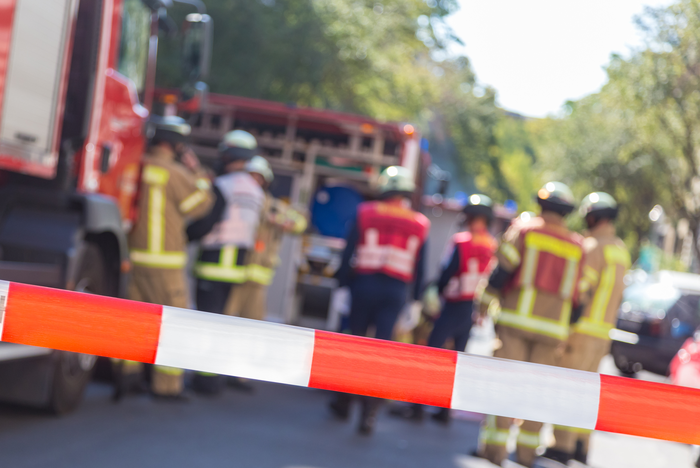
You never know what a shift might bring. Each time you report to duty, you have no idea what the day will hold. Which is why you must be prepared for anything. Whether it’s a natural disaster that suddenly descends on your community or an MCI on the interstate, sending critical patients to area hospitals and closing major thoroughfares, you and your crew must be ready for whatever unfolds.
One of the fundamental ways you can optimize your pre-shift workflow to maximize safety is through personal health. Fitness for duty can help prevent on-the-job injuries, improve immunological defense against the many pathogens to which you are exposed, and ensure a longer, safer career, which should be everyone’s goal in EMS. So, let’s discuss a recent study that does just that.
Personal Health and Safety
There’s an adage in EMS that says, “Never lose sight of whose blood is on the floor.” Protecting yourself is your priority, not only on the job but as you prepare for each shift. But safety on the job begins long before you report for duty.
The NAEMT has produced a compendium on personal health titled Task Performance and Health Improvement Recommendations for Emergency Medical Service Practitioners, that details the many areas where EMS professionals can improve health and safety on the job. These studies have found that:
- EMS practitioners are seven times likelier than the average worker to miss work as a result of injury.
- Half of all EMS workers suffer back pain annually.
- One out of four EMS practitioners will suffer a career-ending injury within the first four years of service.
- A back injury is the most frequently cited reason for leaving EMS.
- Back injuries are often the result of cumulative wear and tear.
The American Council on Exercise (ACE), working with NAEMT, surveyed a diverse set of departments across the country:
- Memphis Division of Fire Services, Memphis, Tennessee
- Austin-Travis County EMS, Austin, Texas
- Charleston County EMS, Charleston, South Carolina
- Upper Pine River Fire Protection District, Bayfield, Colorado
- North East Mobile Health Services, Scarborough, Maine
Through site visits, ride-alongs, and personnel interviews, ACE identified common health concerns among EMS professionals that included:
- Work-related injury risks
- General health issues that included weight and stress management
- A healthy retirement from service
- Time lost on the job due to injuries
- Healthcare costs from on-the-job injuries
ACE and NAEMT Recommendations
The study offers three approaches for improving health among EMS practitioners:
- Improve Job-Related Physical Capacity: Because of elevated risks of musculoskeletal injuries among EMS professionals, they target two areas.
- Adopting regular physical ability assessments that gauge waist circumference, standing posture, stability, core function, and stability and mobility
- General exercise guidelines that focus on flexibility, upper-body strength, and improved mobility
- Improve Overall Wellness: Promoting healthier eating options for EMS professionals.
- Encouraging a healthy diet through education and dietary guidelines
- Promoting portion control by describing a balanced meal
- Encouraging Self-Reliance
- Setting goals that are personal, specific, and time-sensitive
- Promoting social connection among personnel, to improve peer support
- Maintaining an environment that fosters success
Like the general population, EMS professionals are at risk from obesity, heart disease, and cancer, but responders face the added challenge of high-stress environments, physically intensive work, and the mental strain of dealing with emergency scenes. Improving personal health is a critical means of optimizing your pre-shift workflow toward safety, so educate yourself and engage your administration to promote a safer, healthier department.
2011
Task Performance and Health Improvement Recommendations for Emergency Medical Service Practioners, American Council on Exercise for the National Association of Emergency Medical Technicians, https://www.naemt.org/docs/default-source/ems-health-and-safety-documents/Recommended_EMS_Fitness_Guidelines.pdf?sfvrsn=6.















